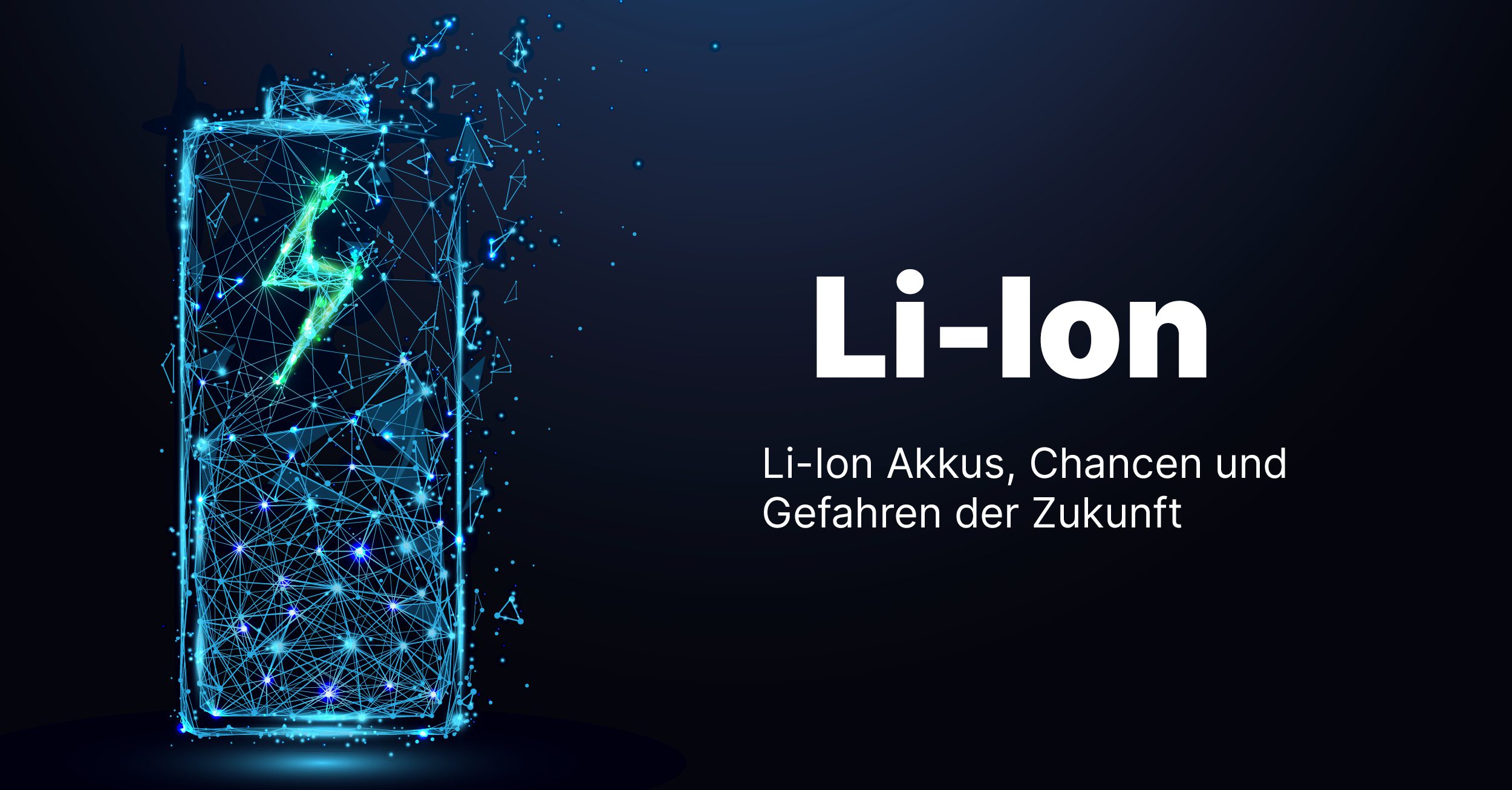For the use of battery-electric vehicles, a development that can almost be described as tumultuous has been emerging since the beginning of the 1920s. The focus here is on the desire to charge the drive batteries with ecologically and sustainably generated electricity. In plain language, this means saying goodbye to carbon dioxide emissions. Many operators and drivers of battery-electric vehicles are thrilled by the pleasant driving characteristics. They enjoy being able to drive emission-free and thus very environmentally friendly, thus contributing to the preservation of our planet's ecosphere.
The European Union is putting a lot of focus on e-mobilisation and its advantages. This electrification can be found in cars, scooters, buses or bicycles - but this technology also harbours dangers. With regard to the most commonly installed Li-Ion batteries, a fire can occur in the event of incorrect use, partial failure of the protection system, mechanical damage due to accidents or other impacts, as well as thermal overloads, which requires special attention for rapid and optimal combating.
Here, Jockel offers solutions for the private sector and in the commercial sector, for the use, transport or storage of Li-Ion batteries.
How high is the fire risk from Li-ion batteries?
The fire hazard posed by Li-ion batteries due to spontaneous combustion depends greatly on their construction and the quality of the components installed. Drive batteries with a large number of cells connected in series or parallel and high DC voltages are subject to high safety standards, but it is difficult to assess the actual fire risk from spontaneous combustion. The most important thing is to be prepared for a possible case of fire - especially when storing batteries in warehouses. Since 2009, Li-ion batteries have been assigned to dangerous goods class 9, the regulations of which must be observed when storing and transporting the batteries. In the case of high-voltage drive batteries in vehicles, there is also a risk of ignition due to mechanical damage or the effects of intense heat, for example due to a vehicle fire after an accident. In this case, we recommend carrying out an individual risk assessment for the commercial transport or storage of Li-Ion batteries. Here, it is important to identify the battery category, to separate the batteries stored as a whole, to form smaller fire compartments and to take detection/early recognition into account.
Our on-site fire protection companies help with the categorisation of risks and the associated fire protection planning.
Due to the impending rapid development of e-mobility, as well as the opening up of further fields of application, knowledge about the "right" way to fight battery fires and the most suitable extinguishing agent for fighting them is becoming increasingly important.
Which extinguishing agents are suitable for containing a Li-ion battery fire?
Traction batteries of vehicles are hermetically and gas-tight sealed and additionally usually encapsulated. Therefore, a fire caused by spontaneous combustion is not always easy to detect and direct access to the battery - even in the case of a vehicle involved in an accident - is often difficult.
If batteries become conspicuous or catch fire, the objective from a fire protection point of view is to cool down the battery to approx. 60-70°C. The aim is to interrupt the chain reaction of the igniting battery cells. Various extinguishing agents are suitable for this purpose, all of which have a cooling effect. Water and water with additives are common extinguishing agents, as is extinguishing gel. In this context, Jockel recommends the extinguishing gel, as it has an adhesive property in addition to the cooling effect. The Jockel extinguishing gel sticks to the extinguishing object and it binds the water so that the thermals can be absorbed better. As a result, less extinguishing agent volume is usually needed. Water, on the other hand, would largely evaporate in combination with battery fires. This is crucial, especially when it comes to the question of the amount of extinguishing water retention and the associated contamination or remediation.
In order to keep the follow-up costs of firefighting as low as possible, we recommend professional remediation/cleaning after a battery fire, as toxic and corrosive substances are produced in the process.
The fact is that gel, water and water with additives can be used as extinguishing agents in the right application area are highly efficient. Here, too, our fire protection specialists can actively support you with any questions you may have.
Which extinguishing agents are better suited than pure extinguishing water?
Specialists from DEKRA tested the suitability of the three fire-fighting agents water, water with additives and water with added gel. Fighting the fire with water took 17.5 minutes with a "consumption" of 400 litres of water. The additive in the water brought a clear improvement, the fire was extinguished in only 14 seconds with a total use of 80 litres of water. In terms of efficient fire fighting, the values were again significantly undercut by the use of only 5 percent gel in the water. The fire was extinguished in only 5 seconds. We at Feuerschutz Jockel are very proud of the fact that for years now we have been able to offer our customers a wide range of fire-fighting services from our GREEN GENERATION we carry hand-held fire extinguishers with exactly this gel for fighting battery fires in our portfolio.
